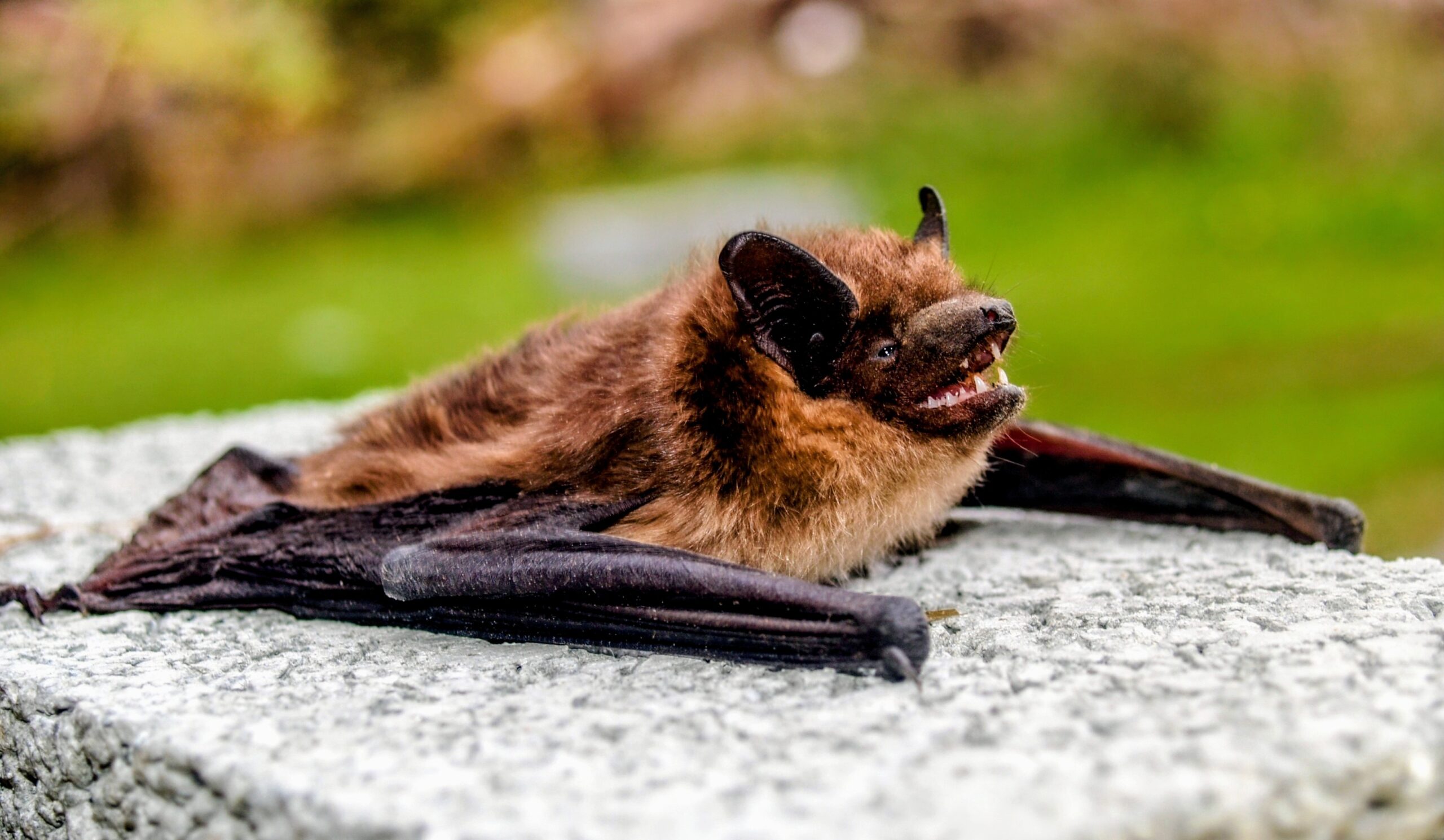Infection
Rabies-infected vampire bats may extend their habitat into the U.S.
A study led by Virginia Tech PhD student Paige Van de Vuurst has recently shed light on the alarming prospect of vampire bats extending their habitat into the United States, potentially bringing with them an ancient and deadly pathogen – rabies.
This migration, driven by climate change, poses a significant threat to both public health and the agricultural sector, particularly the cattle industry.
Climate change and rabies cases
The research points to a direct correlation between climate-induced shifts in vampire bat distribution and rising rabies cases across Latin America.
“What we found was that the distribution of vampire bats has moved northward across time due to past climate change, which has corresponded with an increase in rabies cases in many Latin American countries,” she explained, highlighting the urgency of the situation.
Comprehensive field study
The research team, including both undergraduate and graduate students, embarked on a comprehensive field study in Colombia, collaborating with local universities such as the University of La Salle, Universidad Distrital, and Universidad del Tolima.
The journey took the researchers across diverse landscapes, from the humid jungles to the cooler regions of the Andes Mountains, accessible only by cable car. This allowed them to gather a wide array of bat samples, observing firsthand how climate variations influence disease dynamics in these mammals.
A natural laboratory
The significance of Colombia as a research site was underscored by Luis Escobar, assistant professor at Virginia Tech and a co-author in the study.
“Colombia is a mega-diverse country, making it a perfect natural laboratory,” said Escobar. The country has a large number of hummingbirds and bats, due to its tropical climate and proximity to the equator.
Focus of the study
The research aimed to bridge knowledge gaps regarding rabies transmission and its spillover from wildlife to humans.
The experts set out to determine habitat and virus mutation roles in rabies spillover, identify the effects of changes in biodiversity on the virus, and investigate factors influencing the spread of bat-borne diseases.
International field work
One of the most notable aspects of this research was the involvement of undergraduate students, a rarity in international field work.
Van de Vuurst expressed concern about the current state of wildlife research, where students often bear the cost of gaining field experience. She emphasized the importance of providing fully funded opportunities for students.
“There is a sad reality in wildlife research at the moment that often mandates a ‘pay to play’ mentality, where students must pay for the experience of doing field work, especially international field work.”
Transformative experience
Julia Alexander, an undergraduate participant, reflected on her experience, sharing the profound impact it had on her both professionally and personally.
“I not only learned valuable field skills for my career, but also important life lessons from every challenge faced,” she said. The experience was transformative, marking her first field research, plane journey, and international travel.
Study implications
The study’s findings are crucial in understanding the spread of vampire bats and the associated rabies risk. As these bats extend their range due to changing climates, it becomes imperative to monitor and prepare for their potential arrival in the United States.
The research not only provides vital data on bat migration patterns and disease transmission but also highlights the importance of cross-border collaboration in addressing global health and environmental challenges.
“We all have one goal: generating samples, new data, and new knowledge,” concluded Escobar, underscoring the collaborative spirit driving this significant research endeavor.
The study is published in the journal Ecography.
Like what you read? Subscribe to our newsletter for engaging articles, exclusive content, and the latest updates.
—-
Check us out on EarthSnap, a free app brought to you by Eric Ralls and Earth.com.

